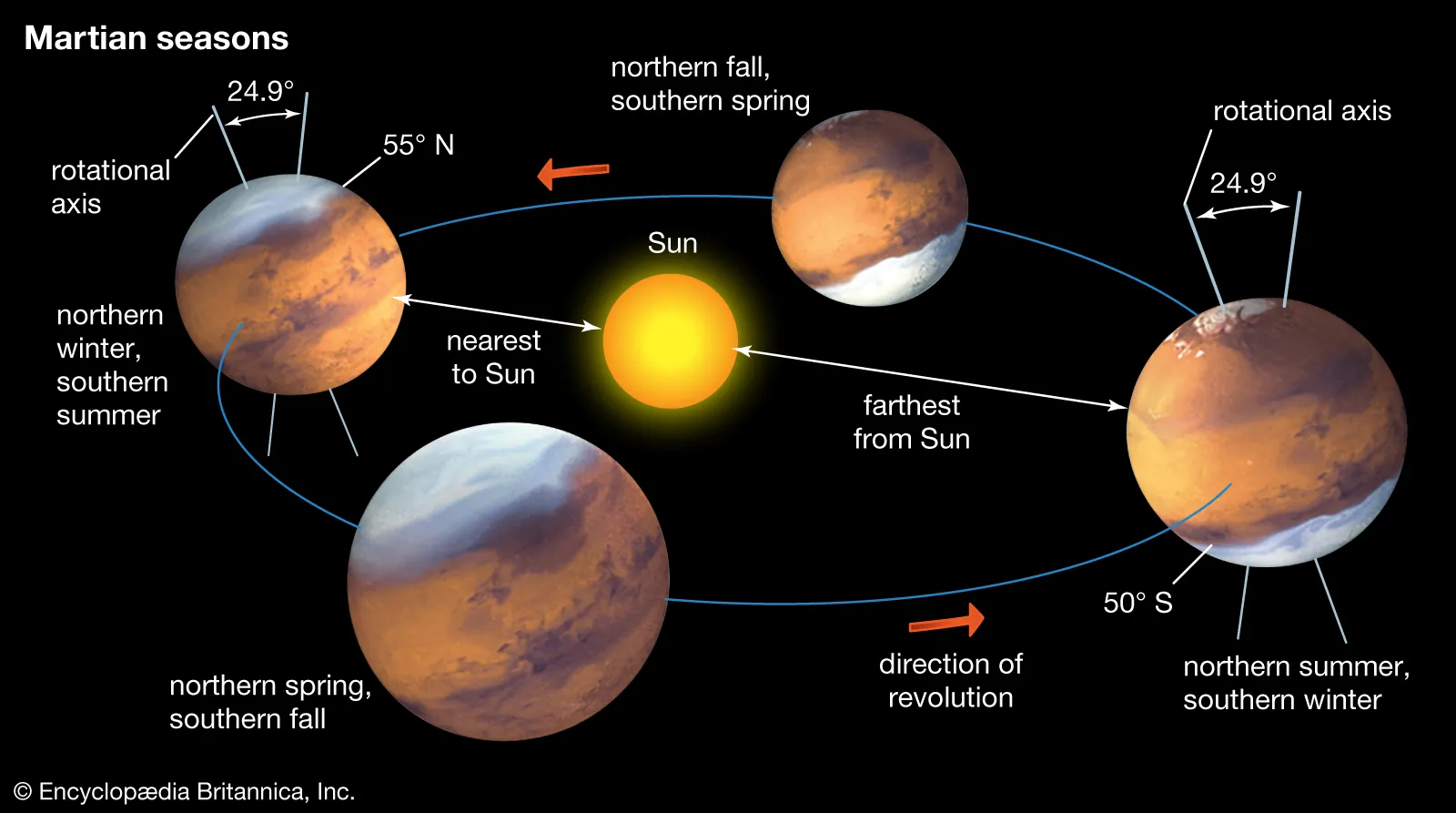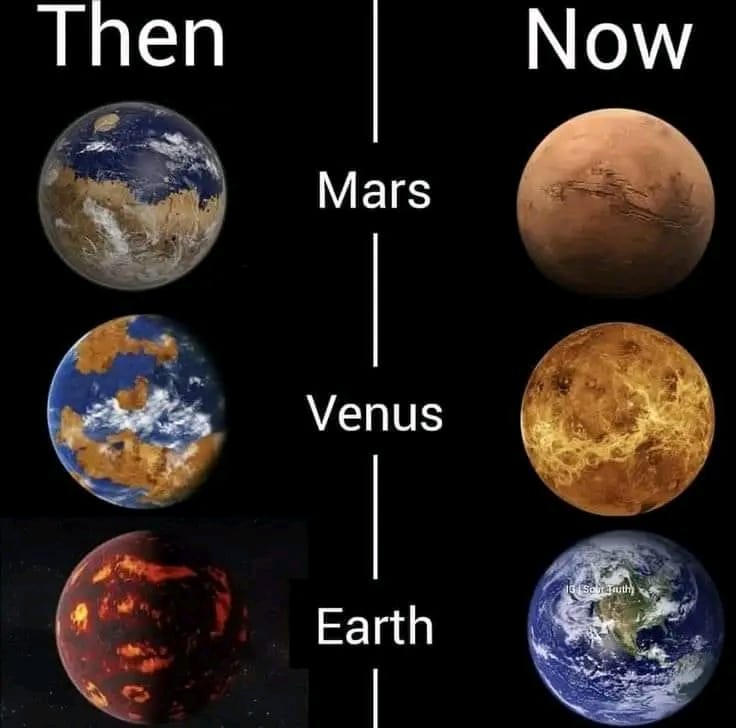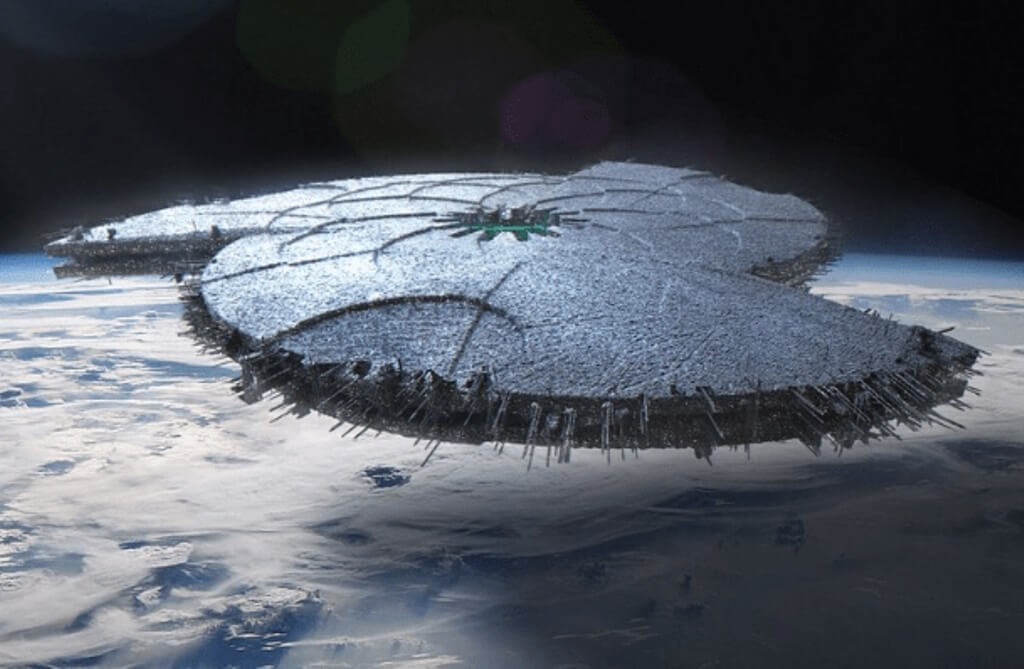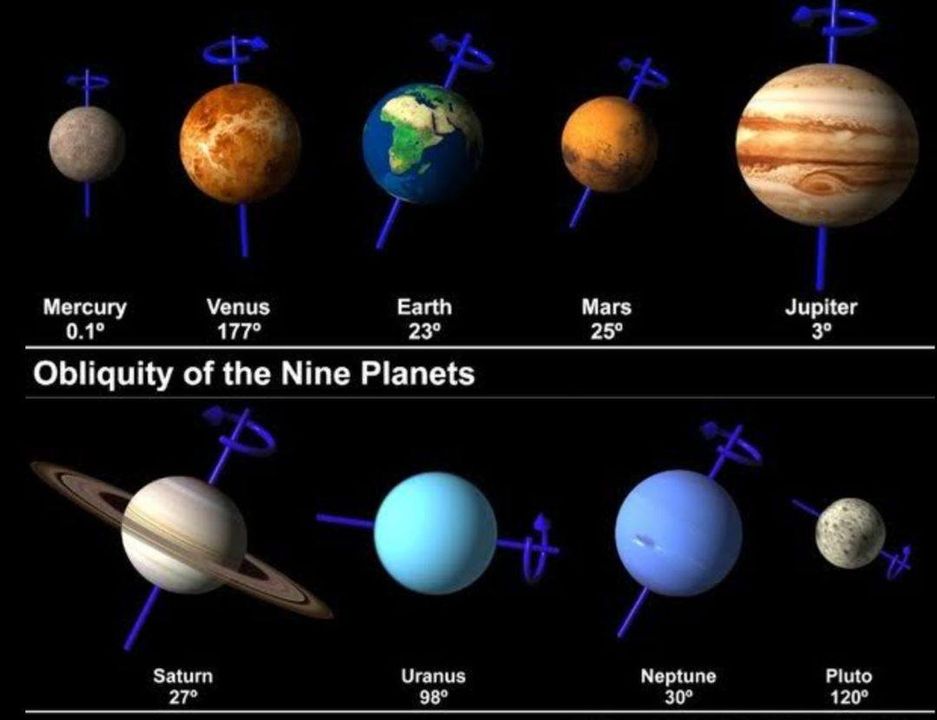Looking at Mars today, you will wonder if humanity will ever live and thrive in such a deserted and isolated world. But with our space technologies currently exploring Mars, we are confident that humanity will create a fascinating change on the red planet in the next one hundred years. But what change do you think humanity will create on the red planet a century from now? Continue reading to find out.

How Far Have We Explored Mars?

For billions of years, Mars has remained a deserted space world. However, the space race between NASA and the Soviet Union in the mid of 20th century inspired the first space flight attempts to reach Mars. After many trials, NASA successfully sent the Marine 9 spacecraft as the first man-made object to reach Mars orbit in 1971. However, it was not until 1976 before NASA successfully landed the first space probe named Viking 1 on the Martian surface. That was the first time a man-made object ever landed on the Martian terrain. Vikings 1 explored Mars for 2307 days (2245 Martian Solar Days) before mission termination.
After the Vikings mission, space agencies relied on launching several missions to Mars including landing the first martian rover, named pathfinder in 1997. Currently, we have several rovers, landers, and orbiters exploring the red planet for scientific discoveries. Among these Martian, space probes exist the most sophisticated and powerful Perseverance Rover which landed on Mars in 2021. Data obtained from these numerous space missions will be used to prepare for developing Mars in the next 100 years.
How Space Agencies Are Working Towards Changing The Face Of Mars A Century From Now
Space Agencies like NASA, SpaceX, CNSA, ESA, ISRO, and many others are working towards sending humans to the red planet to colonize it. However, colonizing the red planet is never an easy task for any agency. In fact, space agencies are currently placing rovers, orbiters, and landers to explore the Martian terrains and obtain reliable information for humanity. Most space agencies are looking forward to sending the first humans to Mars before 2040.
If we must attain such a milestone, we must focus on improving our space technologies and making things to become much easier for us. Firstly, we must perfect technologies that will enable humans to grow food, recycle water and generate enough oxygen on Mars. Currently, we have technologies installed in the international space station providing our astronauts with these basic needs. Before we even think of sending humans to Mars, we must have improved in every aspect of technology to sustain the crew throughout the mission timeline on the red planet.
How Mars Will Look 100 Years From Now
Mars in the next 100 years will be much different than the red planet we know today. We should be expecting several Martian outposts with scientists and robots conducting numerous scientific experiments on the red planet. Elon Musk, the tech billionaire founded SpaceX with the intention of building the first Martian city and sending 1 million people to the red planet in 2050.
However, Musk may consider adjusting his plans since his Aerospace company is Yet to Send the first human and payload to Mars. He has earlier predicted that the first Crewed Mission to the red planet will be commencing by 2029. The FAA approval of his Starship in July 2022 is a sign that Musk is getting closer to bringing this future into a reality. Even if SpaceX could not send the first humans to Mars by 2029, the Aerospace company will surely attain such a milestone before the end of the next decade.
But what about the Martian city? Well, Musk still maintains his stand on making this vision a reality in the future. This implies that the first Martian city may be ready before the next 100 years. Even if we are still struggling to perfect a habitable condition to allow tourists to visit the red planet, astronauts and scientists will surely take a bold step and visit the Martian city for scientific discoveries. As we continue to advance technologically, we will surely get to a stage where anyone can reach Mars and still return to Earth in perfect conditions.
Conclusion
Reaching Mars before the mid-21st century will surely create opportunities for new inventions and futuristic technologies that will advance our civilization. However, we still have to put in a lot of work to make this future a reality. With the effort made by our space agencies, humans will surely land on Mars to show our technological advancement over the years. What do you think about the future of Mars?





